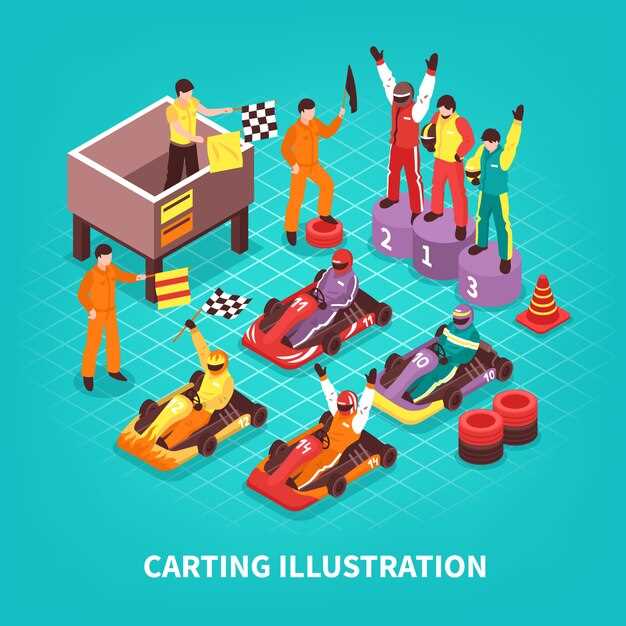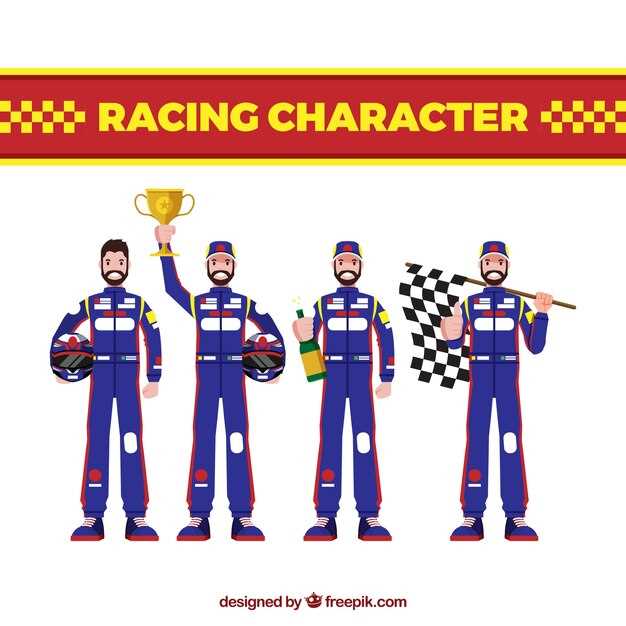
In the world of motorsport, the significance of pit crews cannot be overstated. These highly trained teams play a crucial role during a pit stop, where every second counts. The efficiency and precision of coordination among crew members can be the decisive factor that determines the outcome of a race. A well-executed pit stop not only refreshes the car with new tires and fuel but also allows drivers to maintain their competitive edge on the track.
The dynamics of a pit stop involve rapid, synchronized movements, showcasing the expertise of the crew. From changing tires to fuelling the vehicle, the ability to work in harmony is essential for minimizing downtime. The pressure during these moments is immense, as a single misstep can cost valuable seconds, potentially shifting the race’s result. Understanding the intricacies of this process highlights the pit crew’s vital contribution to a team’s overall strategy and performance.
As technology and training evolve, so too do the techniques employed by pit crews. Innovations in tools and practices lead to even faster and more efficient pit stops, allowing teams to push the limits of success. Analyzing the impact of pit crews reveals not only their importance in managing race logistics but also their influence on the competitive landscape of racing itself.
Optimal Strategies for Team Coordination during Pit Stops
Effective coordination during pit stops is crucial for maximizing a team’s performance in racing. The pit stop is often a decisive moment that can significantly influence the outcome of a race. To achieve optimal results, it is essential for the pit crew to follow established strategies that ensure a smooth and efficient process.
One key strategy is pre-race preparation, which involves thorough training and practice. Each member of the pit crew should be assigned specific roles and responsibilities, ensuring that everyone knows their tasks in advance. Regular drills can help refine their movements and synchronize their actions, leading to a more seamless execution during actual races.
Communication is vital in ensuring effective coordination. Implementing clear signals and using headsets can enhance real-time communication among team members. This allows for quick decision-making and adjustments if unexpected situations arise during the pit stop. The team should also designate a lead member to oversee the operation, allowing for cohesive direction and oversight.
Another important aspect is timing. Each second counts, and the team must develop a precise plan for each pit stop. This includes evaluating tire changes, refueling, and any necessary repairs. Analyzing historical data from previous pit stops can help identify areas for improvement and establish benchmarks for future performance.
Lastly, post-race analysis is crucial for ongoing development. After each race, the team should review their performance, identifying any areas of inefficiency or bottlenecks. This reflection allows the crew to adapt and refine their strategies for future races, ensuring that they continually improve their coordination and execution during pit stops.
Key Roles and Responsibilities within a Pit Crew

Every pit crew consists of a variety of specialized team members, each with distinct roles that contribute to the efficiency of a pit stop. The successful execution of a pit stop relies on precise coordination and communication among these individuals.
One of the most critical roles is the tire changers, who are responsible for removing the old tires and fitting the new ones during the stop. Their speed and accuracy can significantly affect the overall time spent in the pit, making them pivotal team players.
The fueler also plays a vital part, tasked with refueling the car as quickly as possible. This position demands careful handling to ensure safety while maximizing the speed of the refueling process, which is crucial for maintaining the car’s performance.
In addition to these primary roles, there are several support positions within the team. The jack operator lifts the vehicle, enabling the tire changers to perform their duties effectively. The tire carrier assists in transporting and handing over the fresh tires to the changers, ensuring a seamless workflow.
The strategist oversees the entire pit stop, coordinating actions, and making split-second decisions regarding tire selection and fuel needs based on the race conditions. This role requires a blend of experience, foresight, and teamwork to optimize the performance during critical moments.
Finally, a vital part of the team is the crew chief, who leads the pit crew and communicates with the driver and the team’s engineers. They ensure that the entire operation is executed smoothly and that all team members are aligned with the race strategy.
In conclusion, the efficiency of a pit stop is a product of the collaboration among various roles within the pit crew. Each member’s responsibilities are significant, as they collectively contribute to the team’s success on the racetrack.
Analyzing the Timing and Execution of Pit Stop Procedures

The effectiveness of a pit crew in racing heavily relies on the precise timing and execution of pit stop procedures. Each second can significantly impact a team’s overall performance and standings in a race. The coordination among team members is crucial; any lapse can lead to costly delays that may derail a race strategy or result in lost positions on the track.
During a pit stop, every action must be meticulously choreographed. From the moment the car enters the pit lane to when it exits, each crew member has a specific role. Tire changes, refueling, and making adjustments require flawless synchronization. Teams often practice their procedures repeatedly to minimize the time spent in the pits. The ideal pit stop can last just a few seconds, underscoring the need for precision and speed in execution.
Timing is not just about individual tasks; it also involves understanding the overall sequence of events. The team must be aware of the race dynamics–knowing when to execute a pit stop without sacrificing competitive position is paramount. A well-timed stop can capitalize on opportunities such as caution periods or the strategies of rival teams, helping to gain an advantage on the track.
Overall, effective pit stop execution is a blend of preparation, teamwork, and strategic timing. Teams that excel in these areas not only improve their chances of winning but also build a reputation for reliability and excellence in high-pressure situations. In the high-stakes world of racing, mastering the intricacies of pit stop procedures can make all the difference.











